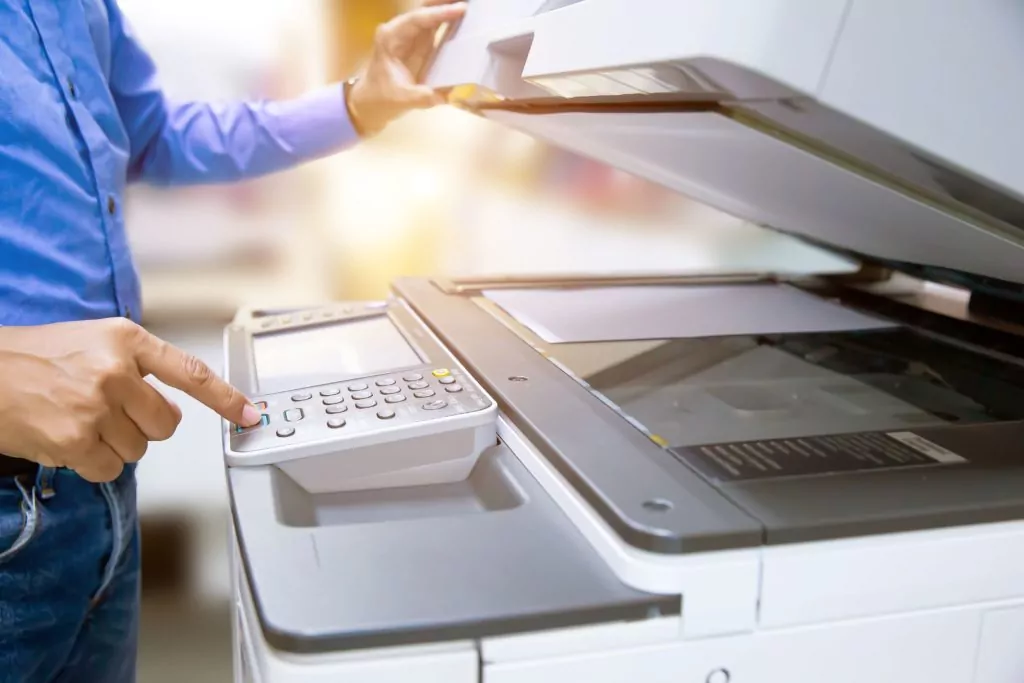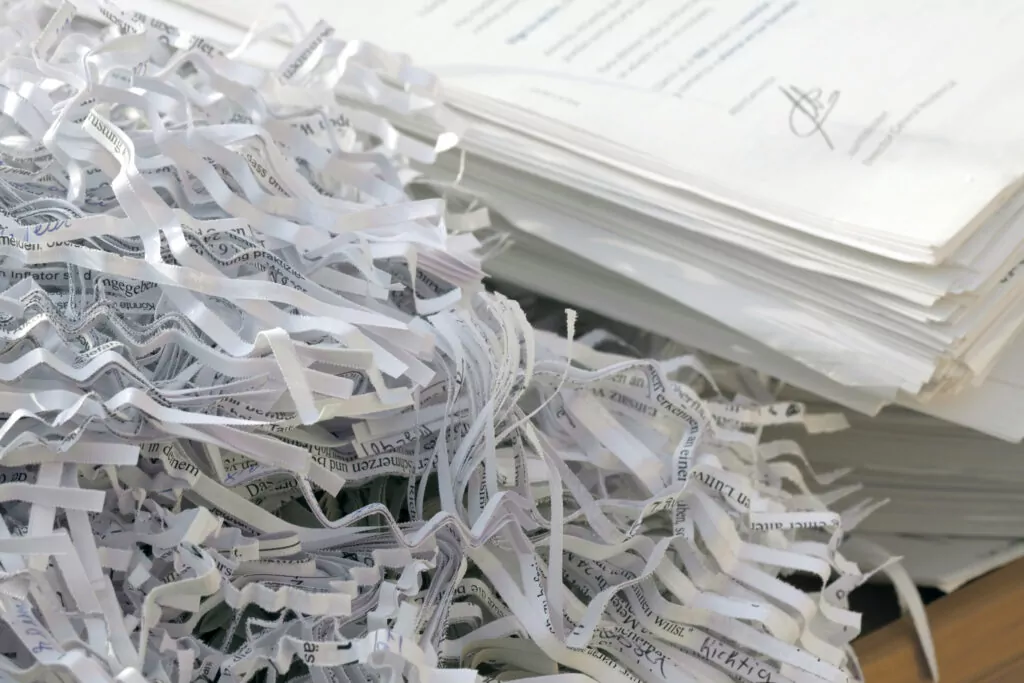Everyone’s Doing It!
How many times have you heard the phrase, “Everyone’s doing it!” as a reason to justify making a change? From childhood into our professional lives, it seems like a recurring theme—a push to embrace new directions, keep up with the times, or make bold moves. While change can be exciting, it’s also difficult and often risky. That’s why it’s important to take a step back, define your purpose, and create a solid plan before diving in.
No, They’re Not
If you’ve been considering the switch from paper-based to digital document management, you might think you’re behind the curve. The truth is, not everyone has made the leap yet. In fact, a survey by Act! revealed that 45% of small and midsize businesses still rely on paper records for managing customer, contact, and vendor information. Another 11% don’t have any document management system in place at all.
So, if you’re feeling hesitant, you’re not alone. But whether others have already gone digital or not shouldn’t influence your decision. If you’re weighing the idea of making this transition, let’s explore some practical reasons why going digital could benefit your business and how to navigate the process smoothly.
Why Consider Digital Document Management?
- Better Organization: Digital document management systems offer better organization through features like tagging, categorization, and indexing. This allows you to quickly search for and retrieve any document you need. Imagine not having to rummage through endless filing cabinets just to find one piece of paper.
- Increased Efficiency: Digital systems streamline the process of finding, moving, and sharing documents, which helps reduce errors. With digital, there’s no more worrying about losing papers or misfiling important records.
- Enhanced Collaboration: Forget about the hassle of physically transferring documents between colleagues or clients. With digital files, you can share documents in real time, allowing multiple people to view, edit, and collaborate simultaneously—no need to wait for someone else to finish with a file.
- Easier Revisions: Editing digital documents is a breeze compared to paper. No more reprinting or redoing entire documents because of a small change. Notes, comments, and edits can be made quickly and easily, and you can even track versions of files to ensure you’re always working with the most up-to-date information.
- Space-Saving Storage: Paper documents take up valuable physical space. With digital document management, all your records can be stored electronically, freeing up office space. Even archived files that are rarely accessed can be easily stored without cluttering your workspace.
- Improved Security: Paper documents are vulnerable—they can easily be seen, lost, or stolen if not securely stored. Digital files, on the other hand, come with advanced security measures like encryption and audit trails, making it easier to comply with data protection regulations. You can also set up access controls, ensuring that only authorized personnel can view sensitive files.
- Disaster Recovery: One major advantage of digital records is their recoverability. In the event of a physical disaster like a fire or flood, your digital documents can be backed up and stored in multiple locations, keeping your information safe.
- Eco-Friendly: Reducing paper usage is an easy way to decrease your environmental impact. By going digital, you’re contributing to sustainability and minimizing your business’s carbon footprint.
- Regulatory Compliance: Compliance with privacy and data protection regulations is crucial. A digital system can automate retention schedules, ensuring that you keep the right documents for the required time and making it easier to access records for audits.
How to Transition to Digital Document Management
The idea of switching to digital document management may seem daunting, both in terms of cost and the effort involved. But with the right approach, you can make the transition manageable. Here are some tips to guide you:
- Create a Plan: First, evaluate your current document management needs. Would your business benefit from keeping some paper files, using a hybrid model of both paper and digital, or going fully digital? In a hybrid setup, you might opt to digitize only your active files while storing less used and archived records offsite with a records management service. Decide where you’ll store your digital files—many reputable companies offer secure cloud storage.
- Organize Your Documents: Before scanning, categorize your documents to make the process more manageable. Start by prioritizing the most important or frequently accessed files for digitization. Not every document needs to be scanned immediately, especially older or less-used records. This selective approach will help ease the workload and minimize costs.
- Invest in Professional Scanning: While desktop scanners are fine for occasional use, transitioning to a fully digital system requires more robust equipment. Bulk scanning requires high-quality machines to ensure that documents are clear and don’t take up excessive storage space. Large, unnecessarily bulky files can slow down file sharing and use up storage faster. Hiring a professional scanning company equipped with industrial-grade machines will make your transition much smoother. Look for a provider that offers Optical Character Recognition (OCR) technology, which allows text in scanned images to be searchable, making your files easier to find and your business more efficient.
- Backup Everything: Having a reliable backup system in place is crucial in case of emergencies. Digital records management companies often provide offsite storage and backup options to keep your documents secure and accessible whenever needed.
- Train Your Team: For a smooth transition, ensure that your staff is trained on the new digital system. Provide them with clear instructions and ongoing support so they can continue working efficiently as the switch is being made. Keeping everyone informed of the process and any upcoming changes will help prevent confusion and maintain productivity during the transition.
- Recycle the Paper: Once your documents are digitized, you’ll need to properly dispose of the paper versions, especially those containing sensitive information. Partner with a professional shredding service to securely destroy these documents in compliance with privacy laws. Many shredding services recycle the paper, so you’ll also be contributing to a greener planet. You can schedule a one-time shredding service for a bulk disposal or sign up for regular pickups as part of your ongoing document management strategy.
Don’t Go It Alone
Making the transition from paper-based to digital document management is a smart move that will pay off in the long run. But you don’t have to do it by yourself. A records management company can assist with every step of the process, from secure storage to scanning and shredding. Secure Records Solutions offers comprehensive services to help you make the switch seamlessly.
Our professional scanning services ensure that your documents are digitized accurately and efficiently. Plus, our shredding service is NAID AAA Certified, meaning your paper documents will be securely destroyed in compliance with all privacy regulations. Whether you need help with storage, scanning, or shredding, give us a call at 800-614-0856, and we’ll guide you through the process.



